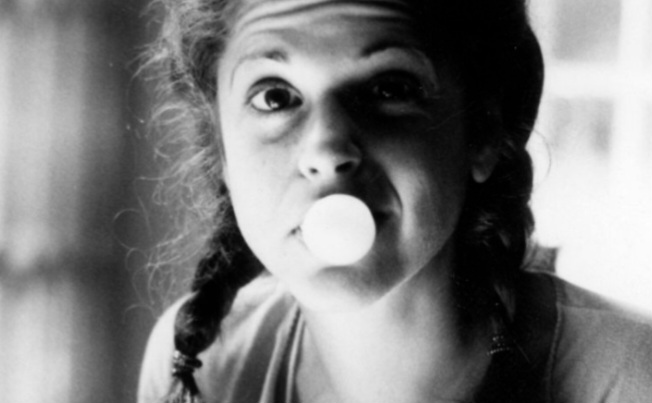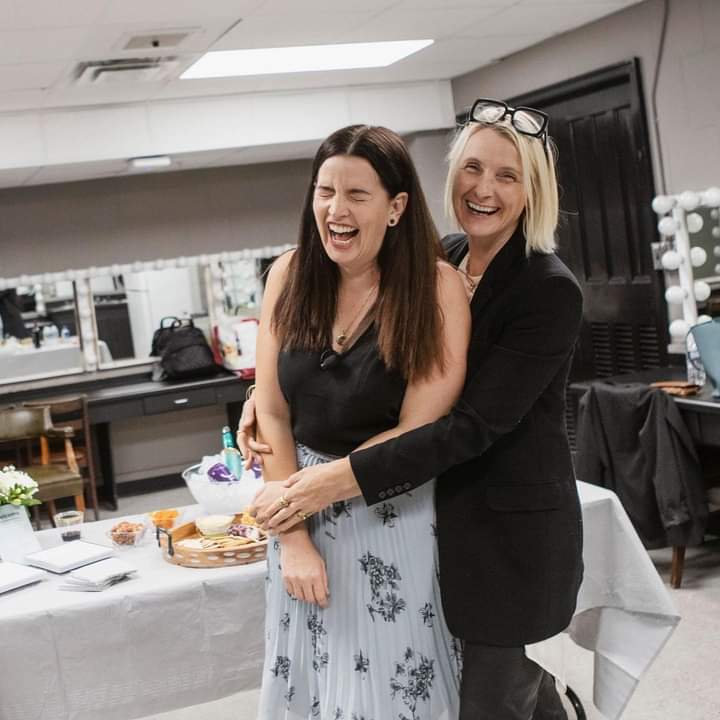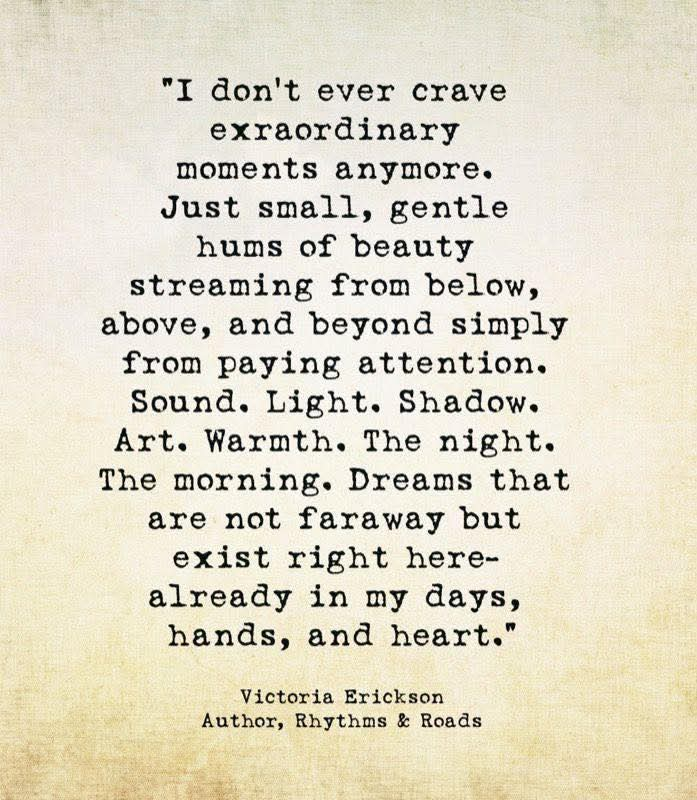Behind the Red Door: The Story of Gilda’s Club
Tucked behind bold red doors in cities across North America, there’s a special kind of refuge. It doesn’t look like a hospital. There’s laughter in the halls, homemade cookies in the kitchen, art on the walls, and often, someone’s telling a joke that’s only funny because everyone in the room understands the punchline: cancer.
This is Gilda’s Club.
Not a hospital, not a treatment center, and not a solemn waiting room with muted tones and whispered voices. Gilda’s Club is something radically different. It’s a clubhouse—bright, welcoming, and alive. It’s where people affected by cancer come not just to cope, but to connect, to express, to be heard, and to laugh again. Because as Gilda Radner once said, “Having cancer gave me membership in an elite club I’d rather not belong to.”
What she meant was simple: cancer isolates people. But it doesn’t have to.
Founded in 1995, six years after Radner’s death from ovarian cancer, Gilda’s Club was created to carry forward not just her name, but her belief in the healing power of community. Gilda had experienced firsthand the emotional support offered through a group in California called The Wellness Community during her own treatment. She was so moved by the experience that she wanted something like it to exist for others. A place where people didn’t have to pretend to be strong all the time. Where it was okay to cry, to scream, or to make fun of it all. Where families, partners, and kids had a place too.
When Gilda died, her husband, actor Gene Wilder, took up that vision. Along with her cancer psychotherapist Joanna Bull and a small group of devoted friends and supporters, they began building something extraordinary: a place where no one would have to face cancer alone.
The first Gilda’s Club opened its doors in New York City, bright red and wide open, on June 5, 1995. Word spread fast. It was welcoming. It was free. It was deeply personal. It looked nothing like the sterile support groups people had known. And it worked.
More clubs followed—in Chicago, Detroit, Toronto, and beyond. Eventually, in 2009, Gilda’s Club merged with The Wellness Community to form the Cancer Support Community (CSC), one of the largest and most comprehensive cancer support networks in the world. Today, CSC and Gilda’s Club collectively serve millions through in-person locations, online resources, helplines, research, and advocacy.
But the name “Gilda’s Club” still holds a magic of its own. In some communities, the title was nearly lost in the merger, but members pushed back. In places like Grand Rapids, Nashville, and Louisville, red doors still swing open under the name Gilda’s Club, preserving her legacy in every hug, potluck, and late-night laugh.
Here, in these clubs, you’ll find support groups for people living with cancer, their partners, caregivers, and children. There are workshops about nutrition, grief, art, and journaling. Yoga classes, movie nights, memorials, celebrations. It’s all designed to treat the whole person, not just the illness. And it's all free.
Because cancer is expensive enough.
More Than Medicine: The Heart of Gilda’s Club
Inside a Gilda’s Club, there’s a rhythm of its own. You might find a teenager sketching in a group art session while their mother sits quietly in a support circle two rooms over. A father might be learning how to talk to his kids about chemo, while in the next room a yoga class helps someone reclaim a sense of calm in their changing body. Volunteers offer meals. People share recipes. Children who lost a parent to cancer meet others who just get it. It’s not performative or sanitized—it’s real, and it’s often surprisingly joyful.
This is not just a place to talk about illness. It’s where people rediscover themselves beyond their diagnosis.
Each club designs its offerings around its members’ needs. Some clubs have “Noogiefest” (named after one of Gilda’s goofiest characters, Lisa Loopner’s brother Todd, who famously gave noogies to anyone nearby), a family-friendly Halloween party full of costumes, crafts, and laughter. Other clubs host writing workshops where survivors and caregivers put their stories to paper. Some run teen nights, holiday dinners, film screenings, or mindfulness retreats. All of it is free of charge.
At Gilda’s Club Metro Detroit, they host “Gilda’s Big Night Out,” a local celebration of resilience and creativity. Gilda’s Club Chicago runs “A Night of a Thousand Noogies,” an annual comedy showcase that raises funds and pays tribute to Radner’s iconic humor. In Gilda’s Club Twin Cities, the “red door” is so central to its identity that members often talk about “walking through the door” as a symbolic beginning of healing.
And healing doesn’t always mean getting better. It means feeling human again.
Real People, Real Stories
Many members say the same thing: they didn’t know how much they needed this place until they walked through the door.
For someone newly diagnosed, the club might be the first place they cry without apology. For a grieving partner, it’s where their loss is named, honored, and held. For a child whose parent is undergoing treatment, it’s where they learn they’re not alone.
One woman in Grand Rapids who had lost her husband to pancreatic cancer said that the club “gave me a way to live again. I could show up messy, heartbroken, quiet, and still be seen.” A teenage boy in Toronto said he didn’t know any other kids whose mom had cancer—until he came to Gilda’s Club. “Here, it’s not weird. It’s normal,” he said.
These stories mirror the rawness and hope that Gilda herself captured in her writing.
Gilda Radner’s Literary Legacy
Although Gilda was first and foremost a performer, her words on the page carry the same fearless vulnerability that defined her presence onstage.
It’s Always Something (1989)
Published posthumously, It’s Always Something is Gilda’s autobiographical account of living with cancer—equal parts diary, love letter, and rallying cry. She writes about her fear, her stubbornness, her humor, and the deep love she felt for Gene Wilder. It’s not sugarcoated, nor is it drenched in pity. It’s real, tender, and often funny in the way only Gilda could be.
The title itself was a line from her character Roseanne Roseannadanna—“Well, Jane, it’s always something!”—and Gilda used it to describe how unpredictable life becomes with cancer. Yet the book is more than a memoir; it’s a reflection on what it means to face your mortality while staying defiantly alive.
In one passage, she writes:
“I wanted a perfect ending. Now I’ve learned, the hard way, that some poems don’t rhyme, and some stories don’t have a clear beginning, middle, and end.”
The book remains widely read today by patients and caregivers alike—not just for its emotional clarity, but because Gilda makes it okay to be afraid and laugh at the same time.
Bunny Bunny: Gilda Radner: A Sort of Love Story (1994)
Written by Alan Zweibel, one of Gilda’s closest friends and an SNL writer, Bunny Bunny is a beautifully odd and moving tribute to their friendship. It’s part script, part memory, full of imagined conversations and real ones. Zweibel chronicles their 15-year relationship—one that was deeply platonic and deeply intimate.
The title comes from a superstition they shared: on the first day of each month, they’d say “Bunny Bunny” to each other for good luck. The book captures Gilda’s full emotional spectrum—her vulnerability, her mischief, her loyalty, and her inner storm.
It was later adapted into a stage play, performed by comedians and actors who saw it as a way to bring Gilda’s spirit to life again.
More Than Her Death: Gilda’s Everlasting Influence
What Gilda Radner left behind wasn’t just a record of her illness. She left behind a model for how to live with grace, humor, and openness.
Her life became an entry point for a national conversation about cancer and the need for emotional support. Long before “mental health” was a buzzword, Gilda was talking about fear, depression, rage, loneliness—and how much she craved connection through all of it.
In an era when people whispered the word “cancer,” she was shouting it with laughter. In doing so, she broke taboos and opened doors—not just metaphorical ones, but literal ones that are now painted red in her name.
Today, Gilda’s Club and the Cancer Support Community serve over a million people each year, offering more than $50 million in free services through 175 locations, online platforms, and research centers. They’ve become one of the largest networks of psychosocial cancer support in the world, and it all started with one woman who wanted people to stop pretending they were okay when they weren’t.
Love, Gilda: The Film and the Feeling
In 2018, the documentary Love, Gilda premiered at the Tribeca Film Festival. It featured home videos, diary entries, and interviews with the people who knew and admired her—Amy Poehler, Bill Hader, Melissa McCarthy, Maya Rudolph, and others.
The film wasn’t just a biography. It was a love letter.
You hear her voice narrating her journals. You see her scribbled thoughts in curly handwriting. And suddenly, she’s not just a character or a memory. She’s present again—mischievous, searching, and still urging people to be honest about their lives.
Why the Red Door Still Matters
In a world where medical care often comes without emotional care, Gilda’s Club stands as a bright red answer. It says: come in. Sit down. Be who you are. You’re not alone.
The red door is more than a logo. It’s a threshold. It’s a promise that what’s inside is different. It’s where cancer doesn’t get to be the whole story.
Gilda Radner gave us more than characters and catchphrases. She gave us a way to keep showing up—messy, scared, brave, silly—and still call that living.
In every Gilda’s Club across the country, her legacy is alive. Not in memorial, but in motion. Not in grief, but in gratitude. People keep walking through the red doors, again and again, because she taught us that healing begins when we stop pretending—and start laughing again.
|
|






